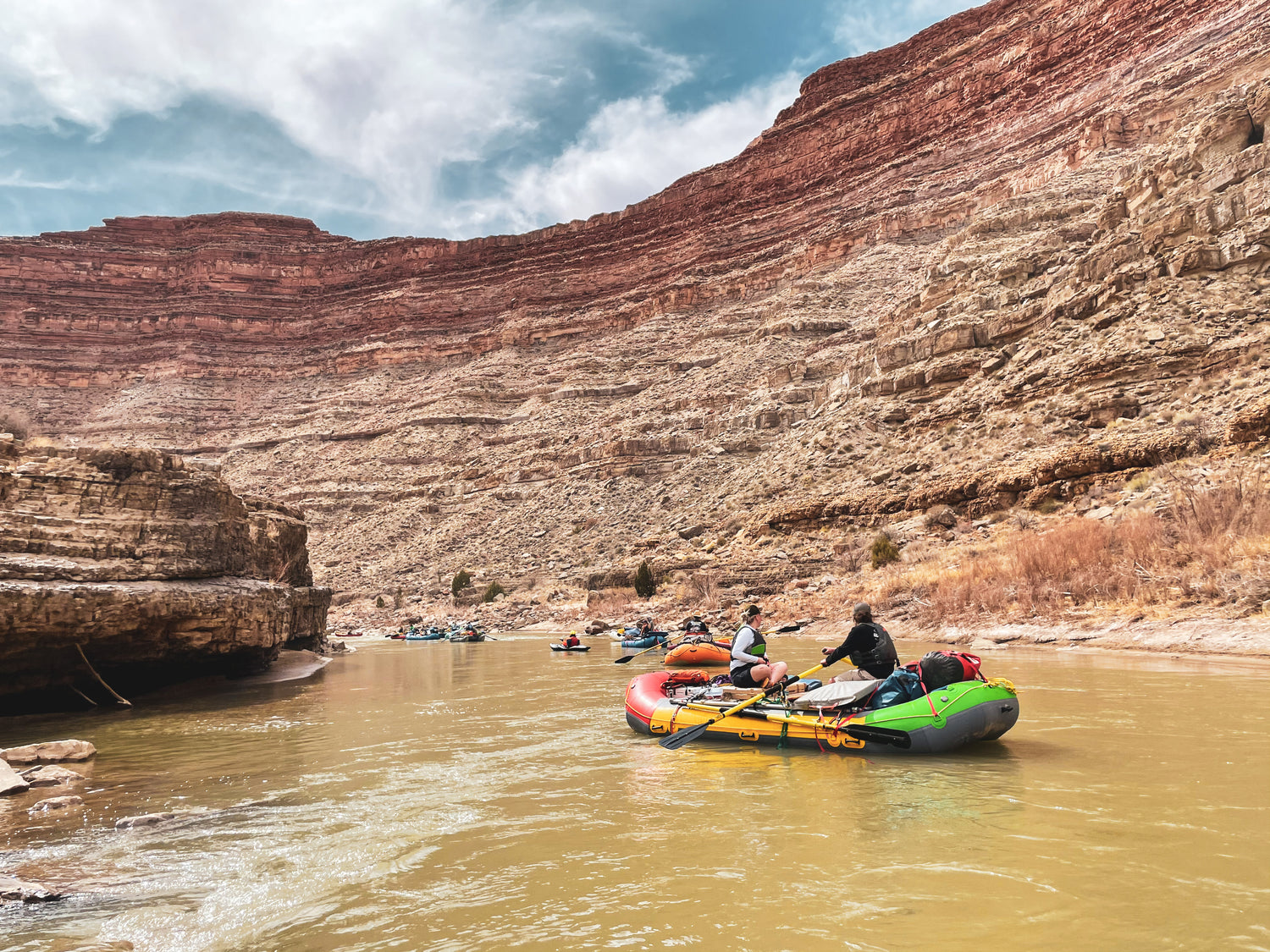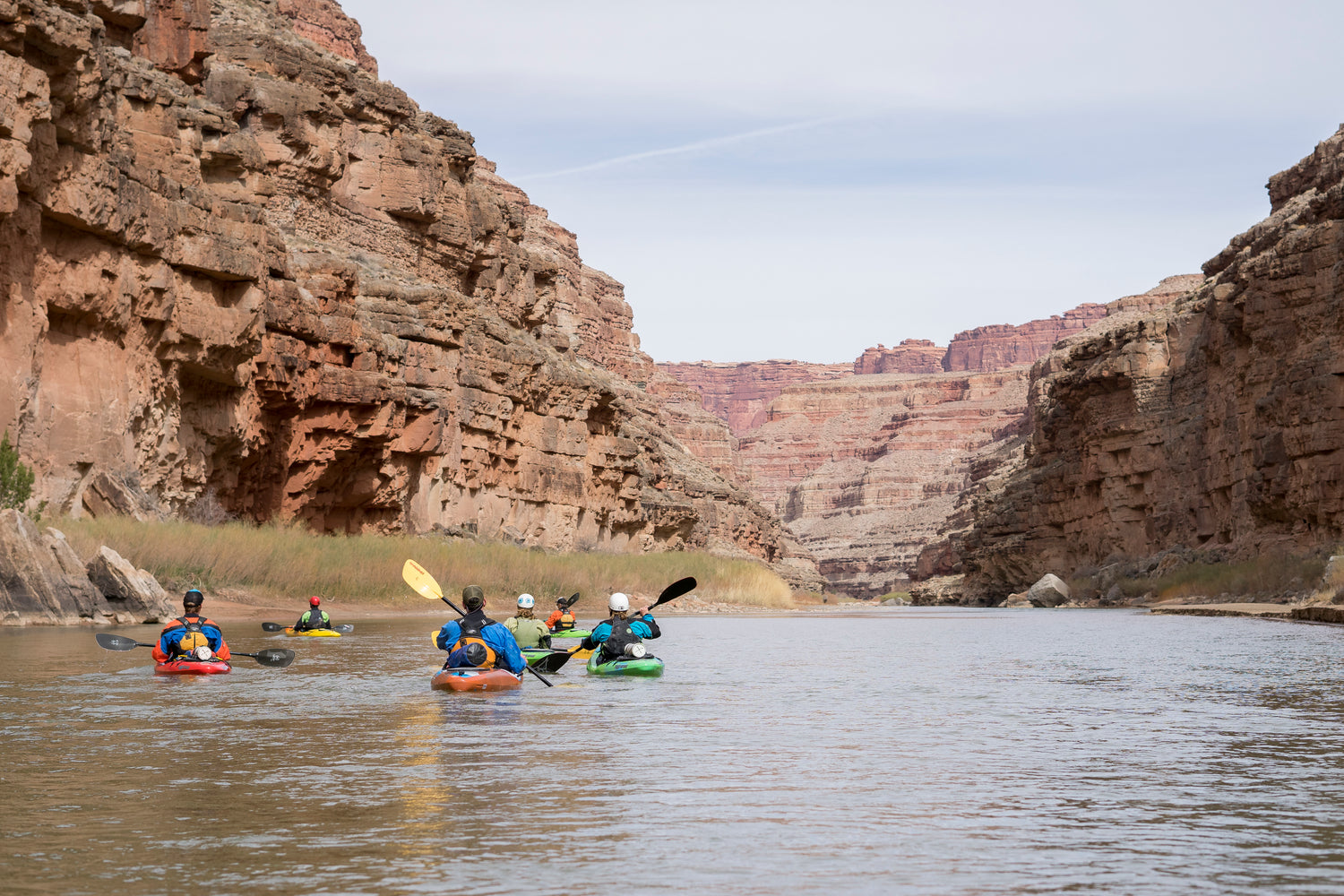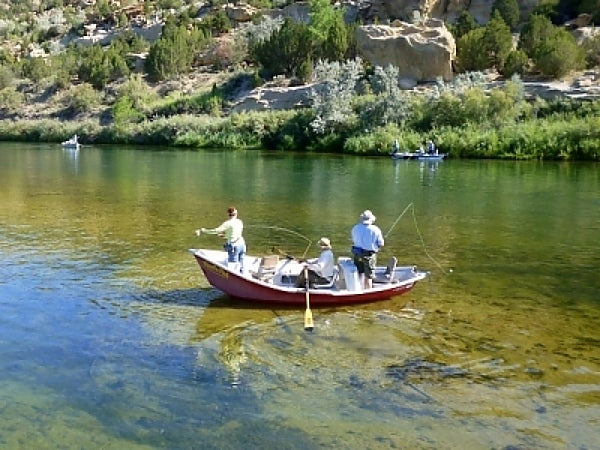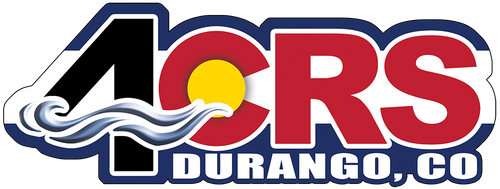
Near Bluff, UT
San Juan River
Born as snow on Southern Colorado's Continental Divide, the San Juan traverses the northwest corner of New Mexico before bending into Utah near the Four Corners Monument. Meandering through the sculpted painted canyons in southeast Utah, the San Juan eventually joins the Colorado River under what is now Lake Powell.
-
Season
- Generally March-November
- Lower section can be done year-round but it gets very low
-
Permits
Permits are required for Sand Island-Mexican Hat and Mexican Hat to Clay Hills.

Lower San Juan - Bluff, UT to Clay Hills, UT
Class I-II (III)
This is one of the most classic "easy" multi-day desert floats in the Western US. The San Juan is the perfect "first river trip", and is very family friendly. Most river trips on the San Juan begin near the town of Bluff, Utah at Sand Island, and continue through an ever-changing landscape of canyons and flood plains. This stretch is broken up into two different sections: Bluff to Mexican Hat (27 miles) and Mexican Hat to Clay Hills (50 miles). You can apply for a permit for either or both stretches continually at www.recreation.gov.
First time boaters or those with only 2-3 days to float will want to focus on the more culturally rich and shorter stretch from Sand Island to Mexican Hat. Below Mexican Hat, the canyon deepens and the shuttle becomes much more difficult, but is a worthy trip for those with 4 or more days to float (5-8 days to do both stretches).
Along the way, boaters will pass through the famous Butler Wash petroglyph panel, which features one of the largest concentrations of rock art in the Southwest. Cliff dwellings are accessible by short hikes from the river. Modern-day explorers may find fossils, see wildlife and wildflowers on these trips. Geology enthusiasts will love this stretch of the San Juan. The river is perfect for swimming during the summer months.
The Navajo Reservation is located to the left of the river. The lore of the river includes stories about the Navajo people as well as explorers, prospectors and hardy Mormon pioneers. A permit from the Navajo Nation is required to stop, hike or camp on river left. Be sure to apply for the Navajo permit 4 to 6 weeks before your trip.
The Lower San Juan River provides meandering water and lively currents. Because the river drops a gentle eight feet per mile, there are few rapids, though there are some Class II and III rapids that provide splashy good fun. However, sand waves, a relatively rare phenomenon, add surprises and fun along this otherwise calm river.
Sand waves are caused by the water's movement against the silted river bottom. They can suddenly build in the middle of a section of flat water, and then disappear just as quickly. Sand waves can form huge rippling waves up to eight feet high! They give a fun and certainly exciting ride.
Shuttles are available from Valles Trading Post, which also offer secure parking in Mexican Hat for a small fee.
For more detailed info on the Lower San Juan, check out our San Juan River Guide Blog Post.
Information courtesy of Utah Guides & Outfitters Association.
Gauge:




Quality Waters Section, New Mexico
Class I-II
The "Quality Waters" section is legendary among fly fishermen and is an internationally known destination for trout fishing. The short 4.25 mile stretch below Navajo Dam is home to over 80,000 rainbow, brown and cutthroat trout. Trips can be lengthened an additional 12 miles below the Quality Waters stretch, but access becomes more difficult and the fishing isn't quite as spectacular. For more info, see Aztec’s page on the Quality Waters stretch.
Upper San Juan
The Upper San Juan above Navajo Reservoir is host to multiple stretches of whitewater boating. The upper reaches on both the East and West Fork near Wolf Creek Pass offer Class V creeking and waterfall hucking. Below the confluence exists a short but sweet Class III-IV section before it mellows to a mellow Class II float to Pagosa Springs.
In Pagosa, you'll find a high-quality whitewater park right next to the town's famous hot springs. The park also serves as a put-in for for Mesa Canyon, a 13.5 mile Class III float through a beautiful canyon with enough whitewater to keep most entertained, down to the takeout at Trujillo Road.
